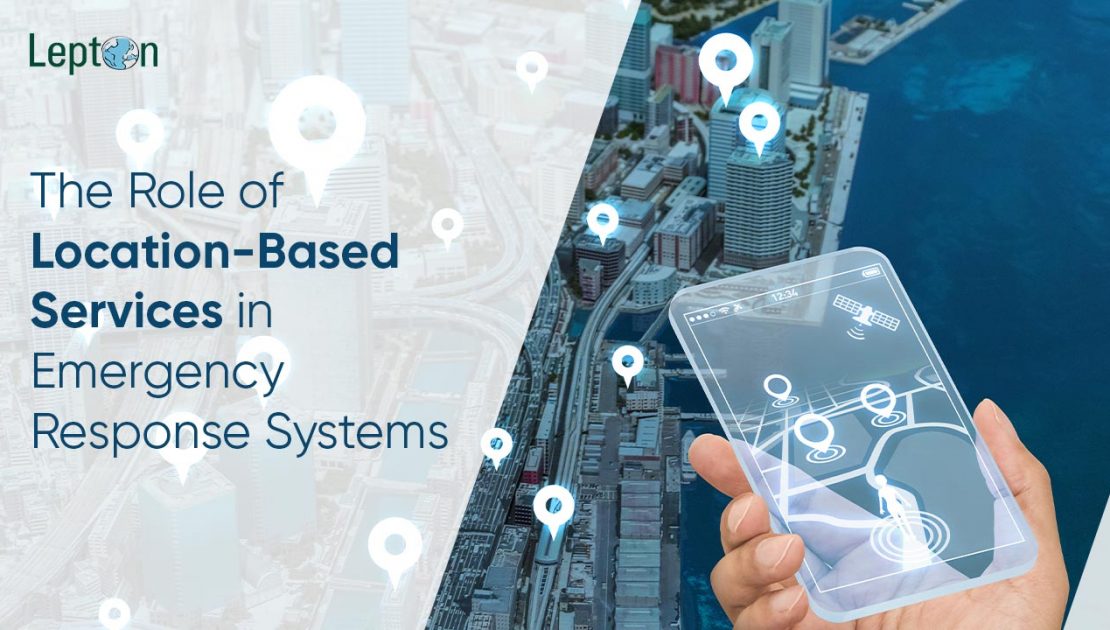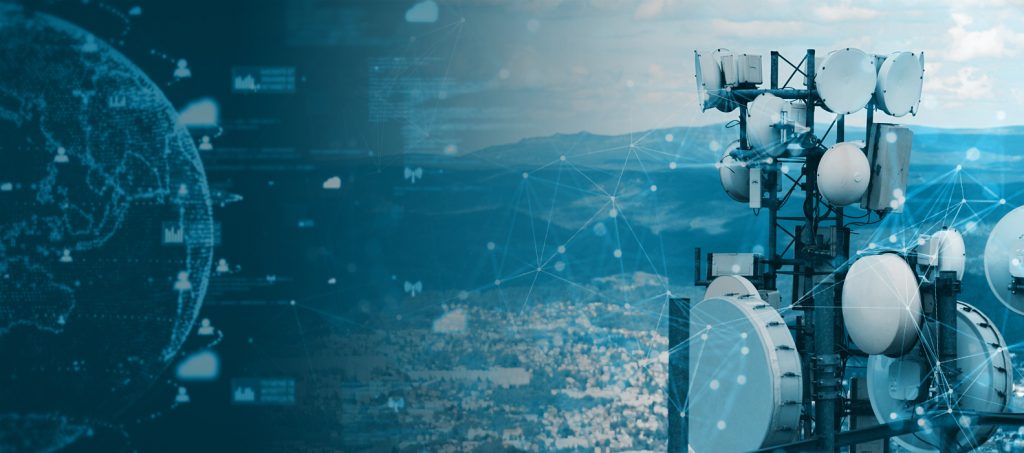The fast-paced world today needs the smooth application of technology in all aspects. Technology has, for instance, proved its worth in areas such as emergency response systems. LBSs can be seen as a vital component involved in boosting disaster management and public safety. These services are operationalized with the help of GIS mapping software and location-based alerts, which contribute significantly to making them helpful in reducing the magnitude of issues involved in disaster recovery operations. In this regard, the importance of location-based services in the emergency response system remains a critical factor that determines why and how much disaster management is vital and influential toward saving people’s lives.
Location-based services have become essential in emergency response systems. Disaster management requires precise coordination and quick action. Google Maps Platform enhances these efforts by providing real-time data, route optimization, and GIS mapping that helps visualize critical infrastructure, impact zones, and resource distribution. This technology enables responders to create dynamic maps that update as new information emerges, giving them the most current data to make informed, timely decisions on the scene.
Advancing Public Safety through Location-Based Alerts
Public safety is the topmost agenda under any emergency. With location-based alerts, critical information will reach the right audiences in real time. For example, those kinds of alerts can help in the correct information reaching the proper populace on a spatially oriented basis. For instance, location-based alerts can be about what routes to evacuate people when a natural event strikes, for example, a hurricane or an earthquake; where those people might find shelters; and such safety precautions. This targeted approach will minimize confusion and save lives.
How GIS mapping software is used in responding to an emergency includes supporting most aspects of the process. It helps the responder understand the geographical details and how wide and large a disaster is. This software can piece data from satellites, social media feeds, and network sensors together to make a clear picture of the situation. GIS mapping software during an emergency helps one to follow the movement of emergency vehicles, provide a view of infrastructure status, and even give specifics of how a disaster affects different communities. The amount of detail required for coordination of response efforts and proper deployment into the most needy areas is very high.
Implementing Disaster Recovery through Location-based Services
Managing a disaster’s aftermath can prove to be highly challenging, starting from quantifying the amount of damage caused to re-establishing services and devising means of comforting affected communities. Location-based services are immensely beneficial in disaster recovery by providing location-specific and current information—for example, which areas have been most severely impacted, so that they can be prioritized in the recovery process. Furthermore, such location-based services will be very crucial in tracing how far recovery has been undertaken hence helping to ensure the efforts taken on resource allocation are as effective and efficient as possible
Critical Advantages of LBS
When it comes to Early Warning Systems, There is no doubt that early warning systems are the most vital area of emergency preparedness. LBS provides an effective way of ensuring alerts reach the residents and authorities in time. For example, through GPS technology, an effective tsunami alert system might be able to determine where a threat is likely to occur, thereby rapidly initiating notification to that community. Mobile applications, SMS messages, automated phone calls, and so on are used to alert the masses with crucial life-saving information. An example would be Route Optimization and Evacuation Planning: During natural calamities, an urgent and safe evacuation is needed away from areas with impending threats. With the help of LBS, one can optimize the evacuations, as well as control the traffic flow. For instance, using mobile applications like Google Maps, an individual can easily be updated about the traffic status and hence is provided with information on other routes that can be used to make an informed decision to relieve the jams that might occur on the evacuation routes.
Search and Rescue Operations
LBS assists in finding victims or, in some cases, survivors and helping to estimate damage levels. GIS technology will also be critical in developing detailed maps of affected regions from disasters, through which emergency responders can identify areas where immediate action should be taken. With GPS and GIS capabilities, drones can be dispatched to these areas to look for survivors.
Resource distribution
Proper and effective resource distribution, water, drugs, and personnel follows disaster. LBS allows for immediate mobility and monitoring of resource distribution by the concerned authorities. The system ensures that no resources are directed to a given territory when others elsewhere languish in actual need.
Post-disaster recovery
If a natural disaster has occurred, LBS remains active even after the disaster has struck. It helps in estimating the damage. LBS offers detailed geographical information, which is essential during claims by insurance and also eases in mobilizing the resources required for recovery.
Urban planning
GIS technology has a use even in urban planning; It enables the community to be prepared well for more disaster-resilient buildings.
Public awareness and education
LBS can support public education in preparedness and disaster response. Through a mobile app, a user could be informed about the emergency exit routes, as well as procedures for first-aid or emergency shelters available in any particular location that are acceptable for that specific location. This will make it possible for people to act in ways that will not only keep them safe but also assure the safety of their community.
Shortcomings and Concerns
Although LBS has numerous positive benefits in the management of natural disasters, there exist a few shortcomings and concerns that a user must keep in mind.
Privacy and Data Security
The collection and sharing of location data must be done responsibly to protect the privacy and data security of the individual concerned.
Accessibility
The whole population can never be assumed to own smartphones or the internet in accessing LBS. Alternative communication methods to be ensured for the reach of all categories during disasters. In this manner: The dependence of LBS on signals from TSPs/ISPs is such that poor connectivity or signal interference can hamper the accuracy of the location data. Smooth integration of LBS with present disaster management systems and protocols.
At this point, it is essential to be noted that although there are an uncountable number of advantages in location-based emergency response services, there are also some challenges. There is a potential privacy concern since such location data is used, and it needs to be matched against every person’s right to privacy. Yet again, what is crucially important is the assurance that such information about the location is correct and reliable since incorrect data would be rather damaging and pathetic for rescue endeavors. Worse still, with the current emergency response system, location-based services require an expensive high technology and training investment to establish. These advances may be just around the corner and will pose new possibilities for their use for delivering location-based services in emergency response. This is basically through the development of algorithms that are better perusable for utilization in data analysis, as well as being amenable to machine learning, that consequently can make these processes more accessible and quicker in a foolproof method. An increase in mobile devices and the Internet of Things would increase opportunities to exploit location-based real-time data collection.
Conclusion
In conclusion, location-based services have greatly benefited from improved emergency response systems. It, therefore, does very much toward disaster management and public safety on the one hand, and disaster recovery, on the other hand, through such real-time data, targeted communication, and efficacious resource allocation. More advances in technology will come with the realization of the most potential that is attached to location-based services in enhancing emergency responses. It shall be a tool without which an improvement in public safety and resilience in the case of an emergency cannot be realized.


